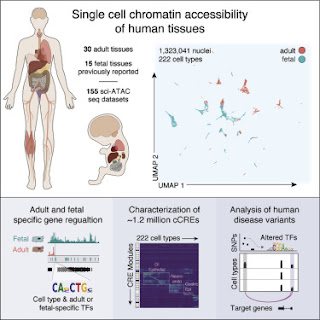This is another post about a bad press release based on a lack of knowledge of the history of the field.
Here's the press release from Washington State University as reported in SciTechDaily
Scientists Discover “Spatial Grammar” in DNA: Breakthrough Could Rewrite Genetics Textbooks
“Contrary to what you will find in textbooks, transcription factors that act as true activators or repressors are surprisingly rare,” said WSU assistant professor Sascha Duttke, who led much of the research at WSU’s School of Molecular Biosciences in the College of Veterinary Medicine.
Rather, the scientists found that most activators can also function as repressors.
“If you remove an activator, your hypothesis is you lose activation,” said Bayley McDonald, a WSU graduate student who was part of the research team. “But that was true in only 50% to 60% of the cases, so we knew something was off.”
Looking closer, researchers found the function of many transcription factors was highly position-dependent.
They discovered that the spacing between transcription factors and their position relative to where a gene’s transcription began determined the level of gene activity. For example, transcription factors might activate gene expression when positioned upstream or ahead of where a gene’s transcription begins but inhibit its activity when located downstream, or after a gene’s transcription start site.
... By integrating this newly discovered ‘spatial grammar,’ Christopher Benner, associate professor at UC San Diego, anticipates scientists can gain a deeper understanding of how mutations or genetic variations can affect gene expression and contribute to disease.
”The potential applications are vast,” Benner said. “At the very least, it will change the way scientists study gene expression.”
















